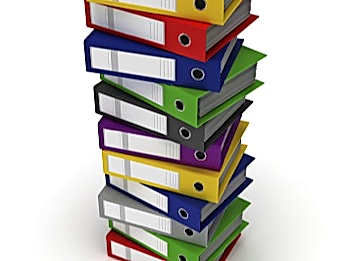With the end of the financial year approaching, now is the time to think of ways to reduce your tax bill. But you don’t want to fall foul of the Australian Taxation Office – and that means being aware of the rules governing work-related expenses and steering clear of claims that could make waves.
Each year the ATO focuses on occupations with a pattern of large claims for work-related expenses. Last year, builders and marketing managers were singled out but plenty of other occupations come in for scrutiny.
It’s easy to see why. Work-related expenses have spiked by about 18 per cent since 2007 and are one of the largest categories of claims made in tax returns.
The golden rule at tax time is to only claim expenses that are incurred in earning your income.
If a claim for a piece of equipment or for self-education seems borderline to you, it certainly will to a tax auditor, so you may be better off not making the claim.
Savvy taxpayers bring forward tax-deductible expenses to the current financial year and delay income until the next financial year.
Try to pay expenses for the coming year such as conference and travel costs, association membership fees and income-protection insurance to claim a tax deduction in this year’s return.
Similarly, if you’re in line to receive a bonus, ask your employer to defer making the payment until July.
Receipts and records are mandatory to substantiate most expenses. However, if your expenses total less than $300, you don’t need to provide written evidence.
This is the perfect time of the year to think about how you keep records. Some people have highly organised filing systems supported by accounting software; others toss receipts into an old shoe box.
I followed the latter “method” for years, but found I had to devote a day or more each quarter to going through all those bits of paper.
These days, I’m more organised. I gather all my financial documents in one place and periodically flatten out the receipts and use a highlighter pen to highlight the date and the total claimable amount.
Then I sticky-tape the receipts onto a piece of A4 paper, which goes into a lever arch file. It’s a smart strategy to organise separate pages for each category – travel expenses, reference materials, stationery and so on. Or you can catalogue them in date order.
The lever arch file method of handling financial paperwork makes it far less likely that you’ll open a drawer one day and discover a receipt for a work expense after you’ve put in your tax return.
The system also works well for keeping bank and credit card statements in order.
Commonly claimed expenses include tools, computers, professional journals, uniforms and special clothing. Be careful, though.
Buying a new laptop before June 30 may not give you the tax benefit you desire. If an item costs more than $300, it must be depreciated over its working life rather than as an immediate tax deduction.
A smarter approach might be to salary-sacrifice that new laptop, if your employer allows it. That way, you pay for the item from pre-tax salary and reduce your income tax.
Chris Tolhurst writes for Fairfax publications including The Australian Financial Review.







